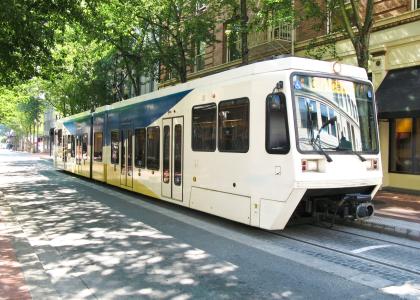Turning on a light switch is a simple act that masks a very complex system. That light is powered by the electric grid, the world’s largest machine, operating in real time. We are growing more and more dependent on electricity, but we often take this incredible machine for granted—until the power goes out, as can happen with extreme weather events. Ensuring grid reliability and preventing interruptions requires balancing electricity supply and demand.
Today, in a new report, ACEEE shows that energy efficiency is often an effective but underutilized way to ensure such balance. It has clear reliability benefits, but those benefits are generally not adequately included and quantified in grid planning and decision-making. As a result, there are too few investments in efficiency measures, and higher grid costs as a result.
Reducing energy use in our homes, businesses, and factories lowers power demand on the grid, which can boost electric system reliability. It also saves money, and can be cheaper than alternative grid investments, such as new supply resources or transmission and distribution (T&D) infrastructure.
Energy efficiency is a viable and valuable system resource—the “first fuel” of choice for its ability to offset electricity supply. Historically, much of the effort to improve grid reliability has been dedicated to ensuring that supply resources can meet the growing demand for electricity. However, industry leaders, regulators, and operators increasingly recognize that reliability depends on a mix of approaches, including energy efficiency.
A dramatic example of this role occurred almost two decades ago, when California and other areas were threatened with extensive outages due to market supply problems. California officials and utilities greatly increased their customer energy efficiency and load management efforts. The result? Sufficient savings that literally kept the lights on.
More recently, regional transmission operators are including energy efficiency in their resource planning. For example, ISO New England and PJM allow it in their capacity auctions; efficiency suppliers submit bids to reduce demand as an alternative to bids from others that increase supply.
Energy efficiency is an especially valuable resource to decrease system peak demands and grid loads in geographically targeted areas. Reducing peak demands provides grid relief, and can offset the need to purchase or produce high cost electricity. By providing targeted load relief to congested points in the grid, it is a key element in “non-wires alternatives,” and helps reduce costly upgrades to T&D systems.
Valuing efficiency’s reliability benefits
Our report highlights several efforts to quantify efficiency’s reliability benefits. The Northwest Power and Conservation Council includes a value for risk reduction due to energy efficiency programs in its regional power plants. Pacific Gas & Electric uses a value for avoided distribution reliability costs, while Rhode Island and New York are in the early stages of developing methods to value efficiency’s benefits. The National Standard Practices Manual recommends such benefits be quantified and included in screening and evaluating energy efficiency measures and programs. Despite these examples, such practices are not widely used.
In a rapidly changing utility industry that relies more on distributed energy resources, energy efficiency’s value to grid reliability is becoming even more evident and important. Properly accounting for this value in grid decisions and investments can lower electricity costs and improve the grid we depend on—keeping our lights on and our economy running.


